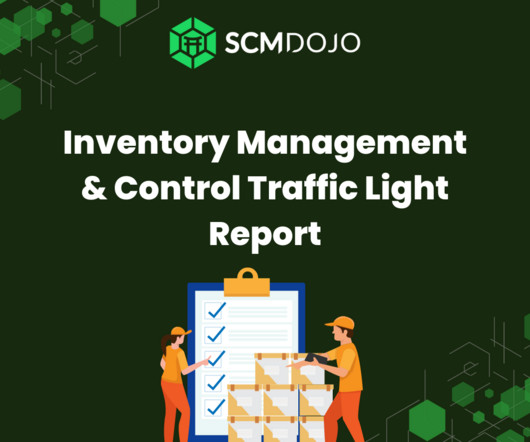Key Trends and Themes for Supply Chain and Logistics in 2024
SCMDOJO
APRIL 24, 2024
Whether it will be worth it, only time will tell. The amplified visibility lets companies verify the authenticity and provenance of products, reduces the risk of counterfeiting, and helps ensure regulatory compliance. billion by 2026. An expensive one, we dare say.












Let's personalize your content